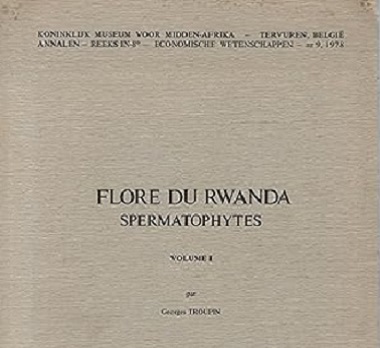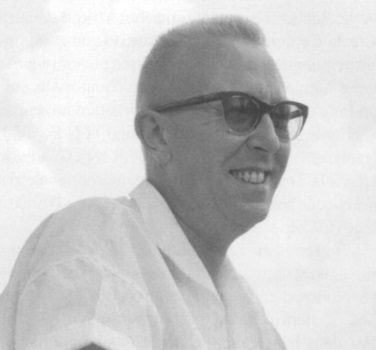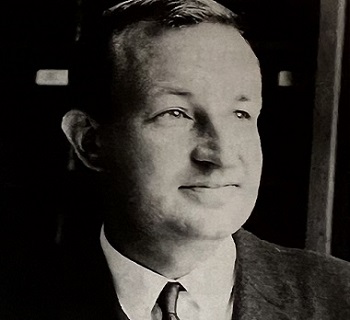A National Treasure
Our mission is “To increase our knowledge of the plant and fungal
diversity of Rwanda, and the neighboring countries of the Uganda,
United Republic of Tanzania, Burundi and Democratic Republic of Congo, and the Albertine Rift Zone by collecting, preserving, researching, and exhibiting botanical specimens.”
Conservation of both living and non-living botanical specimens has been given a priority at the Center of Excellence in Biodiversity & Natl Res Management (CoeB), University of Rwanda (UR). After many decades of herbarium planning and development, the National Herbarium of Rwanda has made progress in developing a biologically diverse and emerging valuable natural history collection vital to the country and region.
The herbarium was originally known as the Herbarium of Butare and initiated by Belgian botanist Paul Deuse (1921-1971) in the 1950s and officially became the “Herbier National du Rwanda” (HNR) in 1965. Paul Deuse served as the Director of Institut National pour la Recherche Scientifique (INRS) until his death. After the passing of Paul Deuse, from 1971 onward, the INRS was managed by the Government of Rwanda. For the next 15 years, the collection slowly grew as specimens were deposited by efforts of primarily Belgian botanists such as Paul Bamps, G. Bouxin, M. Radoux, Georges Troupin while working on the 4-volume publication the Flora of Rwanda (1977, 1983, 1985, 1988). In 1994, due to the genocide, the research center of Butare was damaged. Since the mid-1990s, several Rwandan botanists have been active in depositing specimens including J. Mvukiyumwami, Pascal Sibomana, and Sandrine Aimee Uwase.
Since 1965, the specimen collection has grown significantly to include more than 20,000 specimens including fungi, ferns, lichens, mosses and flowering plants. The collection maintains significant floristic records from all of the four National Parks and additional unique landscapes of Rwanda. It is a very significant national collection whose value has not yet been fully realized as many plant species representing the indigenous flora of Rwanda are not yet collected and represented in the collection. The collections growth has lagged for many years because some visiting collectors did not deposit duplicates into the national collection. Historically, as a result of the colonial legacy it was not uncommon for foreign scientists to visit Rwanda, collect plant specimens, sometimes with permitting, sometimes without and then deposit them in herbaria within their own countries. Consequently, there are more than 50,000 specimens stored outside of Rwanda than within the national data repository.
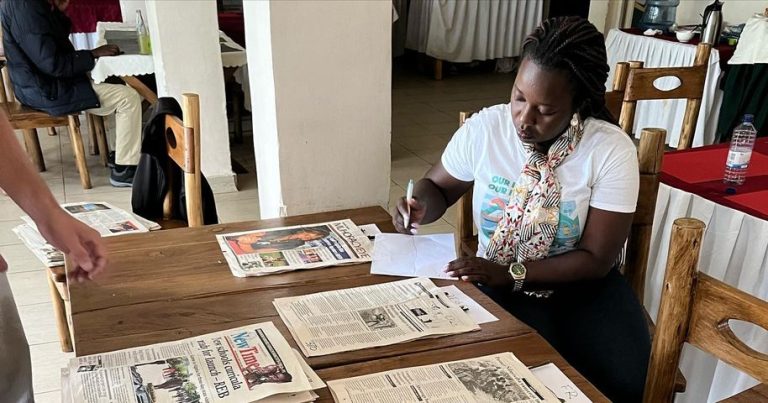
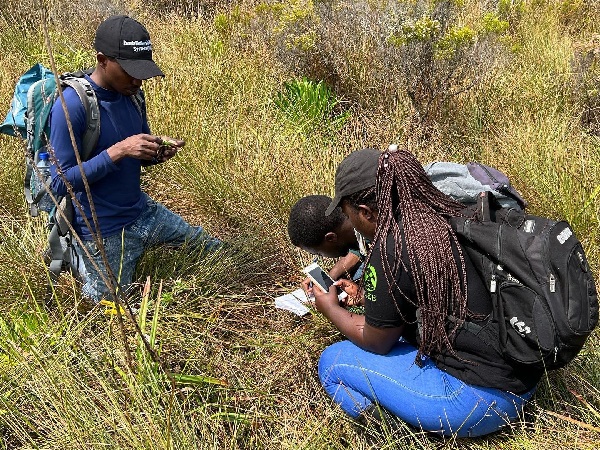
When did the herbarium begin?
The herbarium was originally known as the Herbarium of Butare and initiated by Belgian botanist Paul Deuse (1921-1971) in the 1950s and officially became the “Herbier National du Rwanda” (HNR) in 1965. Paul Deuse served as the Director of Institut National pour la Recherche Scientifique (INRS) until his death.
How many herbaria are in Rwanda?
There are currently 2 formal herbaria collections – NHR and the Dian Fossey Gorilla Fund International (DFGFI) in Rwanda recognized by the Index Herbariorum, the global directory of the more than 3100 registered herbaria in th eworld. We work collaboratively with the collection manager at the Dian Fossey Gorilla Fund International Herbarium.
Why do we collect and preserve plants?
Specimens in herbaria are very useful to identify plants growing here or elsewhere. Plant specimens preserved in an herbarium represent the best record of the plant’s original distribution. We can use this information to understand changes due to habitat loss, climate change or other impacts by humans.
